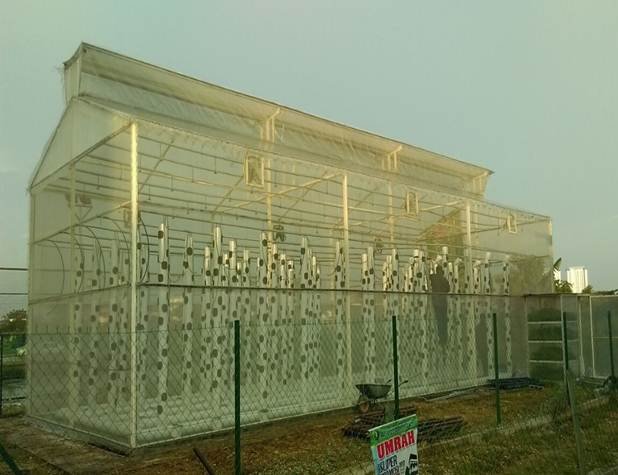A silent but new revolution is taking place in the agricultural sector. It is known as Vertical or V-farming.
In simple terms, V-farming is a method to produce leafy veggies (spinach, amaranthus, mint, lettuce, kale, basil) and some non-tree fruits (tomatoes, brinjal, strawberries) where there is nearly no available arable land.

These are grown in vertically stacked layers made of PVC pipes resembling a multi-storied building of plants. The plants are grown in a controlled environment under artificial lighting using LED bulbs, either in a building and polyhouse on rooftops or open land.
V-farming can be either aeroponics (growing plants in air or mist without the use of soil or an aggregate medium) or hydroponics (growing plants using mineral nutrient solutions in water solvent without soil).

Though there is no exact data on how many V-farms are there in India or in the world, what farmers know is that if one has a 1000 sq ft plot of land, vertical farming on it will yield a harvest which is equivalent to 3,000-4,000 sq ft of plot.
Moreover, with a crop cycle of 3-4 times a year, the profits are substantial as compared to traditional farming.
Soil-less V-farms help grow pesticide-free vegetables ( if need be, only neem leaf extract is sprinkled) using 95 per cent less water than traditional farming.
And there are some minus points also-
- Initial investment costs lakhs of rupees
- It can’t substitute for tree produce or cereals like rice, wheat and dals
- 24/7 artificial environment monitoring in V-farms leave carbon footprint
- It a highly specialized activity and require technical know how else the whole crops can fail due to slight variations
As the land becomes a scarce commodity with each passing day, vertical farms may just become the norm for a majority of vegetable production by 2050.
Reference- The Better India, Wikipedia






